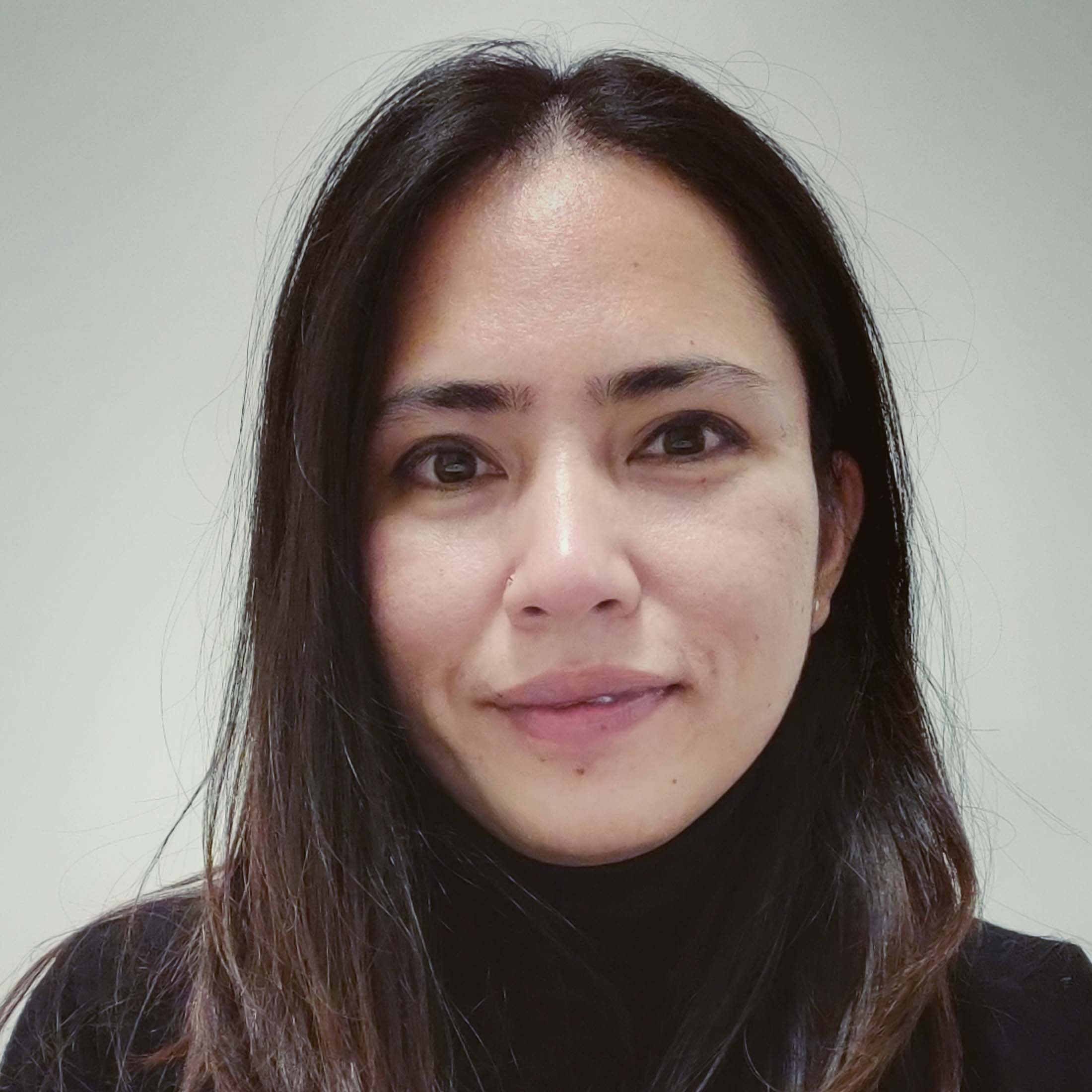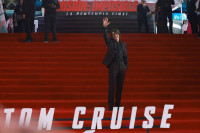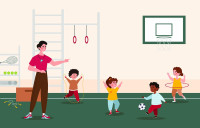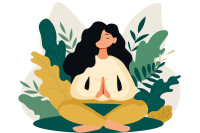Life & Style
What it takes to have a wedding in style
In Nepal, it always feels like wedding season. Barring a few short months, weddings take place all year around, as astrologers chart out a litany of auspicious dates. And Kathmandu’s booming middle class tends to leave no stone unturned when it comes to weddings, selling homes and property, digging into savings and even going into debt to give their children a ceremony like no other.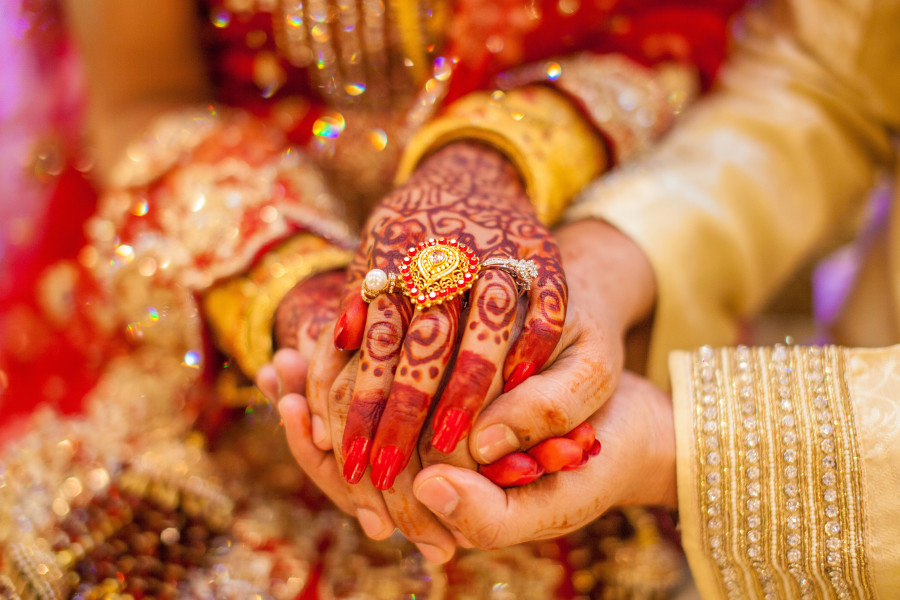
Alisha Sijapati
In Nepal, it always feels like wedding season. Barring a few short months, weddings take place all year around, as astrologers chart out a litany of auspicious dates. And Kathmandu’s booming middle class tends to leave no stone unturned when it comes to weddings, selling homes and property, digging into savings and even going into debt to give their children a ceremony like no other. That a wedding is a celebration of love between two people can get subsumed by layers of extravagance. Forget the ceremony, weddings now can take upto a week, with mehendi, sangeet, bachelor and bachelorette parties, cocktails, and the reception.
These weddings, as lavish and massive as they are, are not easy to pull off. They require an army of people—from photographers and decorators to hair and makeup artists and the band. Then, of course, there is the venue, which can range from modest neighbourhood ‘party palaces’ to the dining halls of five-star hotels.
Here’s a list of those who are making weddings work:
Kodak moment
Sampurna, Buddha and Jeena along with Manoj Shrestha started Fotopasal in 2013 and since then, it has made a name for itself as one of the premier wedding photography studios in the country. Their theatrical videos and pictures—all of which are social media ready—keep them booked throughout the year, not just for weddings but also birthday parties and other social ceremonies.
“Initially, it was difficult to get assignments and create a brand name for luxury wedding photography,” says Shrestha. “It wasn’t something that many people wanted to pursue as a full time career.”
However, things changed after the first two years.
Their five-minute wedding video trailers and elaborately choreographed photos of the bride and groom won them a large following on social media and through word-of-mouth. Now, after seven years in the business, Fotopasal has a 16-member team and can manage four weddings in a single day. And they’re still overwhelmed with requests during peak wedding seasons, given the plethora of events that now supplement the wedding ceremony and reception, for which their rates start at Rs 15,000 per event. Now, clients need to approach them a minimum of three months and ideally six months prior.
All about the flowers
A franchise of Indian brand Ferns N Petals entered Kathmandu in 2013 with a store in Kamaladi. While Ferns N Petals initially found it difficult to find a foothold in the market, especially during the wedding seasons, but in the past three years they have seen substantial changes. Earlier, clients entered the store to order engagement garlands, but now they come over with bigger orders for venue decoration. Now,
in peak wedding season, this store is swamped by clients who flock to order garlands and book dates to decorate their wedding venues.
“Decorating venues with beautiful flowers and drapes has become a trend in the past couple of years,” says Sushma Khadka, owner of the Nepali franchise.
Ferns N Petals offer various themes and flowers for stage decoration. Prices for venue decoration begin at Rs 10,000 with garlands ranging from Rs 1,000 to Rs 10,000, depending on the flowers. Apart from venue decoration, they also decorate cars and horse carriages. 
A lit place
While many still prefer their own homes for the actual ceremony, space constraints, especially when hundreds are invited, require banquet halls and hotels. From among the hundreds of hotels and party palaces that have mushroomed throughout the Valley, Hotel Annapurna and Karki Banquet are two venues often booked for weddings a year in advance.
Annapurna’s poolside Pavilion garden, which can host a maximum of 1,200 guests, is among the most popular venues among those who can afford the hotel’s rates. Since the hotel is located in prime property at Durbar Marg, the hotel takes bookings a year in advance, says Adya Shah, assistant banquet sales manager at Hotel Annapurna. Guests also tend to book the hotel for its famous Indian food buffet.
“Weddings are the best word of mouth for us,” says Shah.
From among the recent crop of luxury banquet halls, Karki Banquet in Babarmahal Height has quickly managed to cement itself as one of the most popular venues in town. The banquet hall can comfortably seat over 1,000 people and is booked most of the year.
“Weddings have always been about celebration, and to celebrate, you need to entertain people with good food. And we offer the best food,” says Roshan Karki, the owner of Karki Banquet. Karki, like Shah, also attributes their popularity to word of mouth.
At Hotel Annapurna, per plate rates begin from Rs 2,000 which exclude VAT and service charges, whereas, at Karki Banquet, prices start from Rs 1,500 exclusive of VAT only.  The glad rags
The glad rags
Located prominently in the hub of the Valley’s fashion boutiques, Khushbu Dangol’s Oodni does not go unnoticed. The beautiful lehengas on display in its window are an attraction for any bride-to-be. Praised by customers for its design and quality of work, Oodni has created a brand for itself in a market saturated with fashion boutiques.
Oodni opened in 2011 and since then, Dangol has had no time to take a breath, especially during peak wedding season. “We have brides coming over a year prior to their wedding, wanting to see their own vision in our work,” says Dangol, designer and creative head at Oodni Boutique. In addition to the slew
of local clients, Dangol even has customers from abroad who come in especially to buy her lehengas, says Dangol.
Oodni’s prices depends upon the fabric, with velvets being popular during winters and fabrics like raw silk during other seasons. Red used to be the primary colour for all brides but now, they’re choosing to explore other hues, particularly for the formal reception, sangeet and mehendi, says Dangol. At Oodni, the bridal trousseau starts at Rs 30,000. 
Don’t miss the beat
Like the many other components that make a wedding complete, music adds light and excitement to a celebration. During the wedding procession, the traditional panche baja and the common band baaja are mandatory, especially when the groom is welcomed at the bride’s house.
Deepak Sumam and his family, who have been in the music business for generations, are the proud owner of Band Baja Nepal, a family-run business that was started by his grandfather over 50 years ago.
At Band Baja Nepal, apart from a modern band, they also cater to customers with a traditional panche baja. “Earlier, clients didn’t care too much for the traditional panche baaja but now, it is becoming difficult for us to assign panche bajas because there are fewer musicians and the demand is high,” says Sumam. He has a single team of nine members for the panche baja, which starts at Rs 35,000 for a day. The modern band is operated by two teams and costs Rs 40,000 for a day.
All that glitters is bling
In Nepali culture, jewellery continues to play a vital role during wedding celebrations, especially for the bride. “A wedding without jewellery is incomplete,” says Ameera Shristi Bajracharya, co-owner of the Lalitpur-based Menak Jewelry.
“Jewellery can be an expensive purchase, so clients usually take more than six months to decide what they would like,” says Bajracharya. “Gold and diamonds are perennial favourites for any bride and her family, but this year has seen a marked rise in the demand of diamond jewellery,” she says.
At Menak, apart from jewellery sets, other mandatory wedding accoutrements, like bracelets and gold chains for men, tillari and silver items like karuwas and khadkulo are also available. “These days, brides also prefer tiaras at their wedding,” says Bajracharya.
Save the date
Social media might have heralded the age of the e-vite but in Kathmandu, many still prefer the traditional invite—a beautifully embellished wedding card. Deepak Chand, who has been an independent card designer for over 30 years, has seen a massive change in wedding card aesthetics.
“I have seen the evolution of wedding cards over the years and now, people have become more selective and artistic,” says Chand.
While previously clients would choose simple wedding card designs, nowadays a single client often orders cards for five different ceremonies.
“Nepalis have become very conscious about wedding celebrations now. They want everything to be perfect and invitation cards are something they want to begin with. Cards build anticipation for guests,” he says.
According to Chand, Nepalis primarily prefer cards made of traditional lokta paper. “Everything has become so modern but thankfully, Nepalis still believe in keeping traditions alive,” says Chand.
A fairytale ride
The wedding procession demands a fancy car for the groom, but recent times have seen a different kind of wedding transport on the streets—carriages. Harkening back to a past that was never really Nepali, the middle and upper class in Kathmandu are looking towards horse-drawn carriages to ferry their brides and grooms.
To cater to this newfound demand, Angel Horse came into operation in 2012, with two carriages and six horses. But the demand is so high that the carriages are booked six months in advance.
“This season has been particularly hectic as there is an event happening everyday,” says owner of Angel Horse Anurag Kunwar. Rates for rental carriages begin at Rs 65,000 per event. 
Beauty galore
For brides, make-up is essential to any wedding celebration. And so, the demand for professional make-up artists is particularly high during the wedding season.
“Unlike other wedding components, make-up is the most hectic part because we finish in three hours but have to work back-to-back,” says Ashlesha Rana, an independent make-up artist.
Rana, who has a small studio in Chundevi, has two people assisting her for hair and make-up. Her rates for bridal make-up and hair depends on clients’ preferences. “My rates might be a little high but it’s because I want to give an impeccable look to the bride,” says Rana.
Illustrations by Abani Malla




 13.12°C Kathmandu
13.12°C Kathmandu


